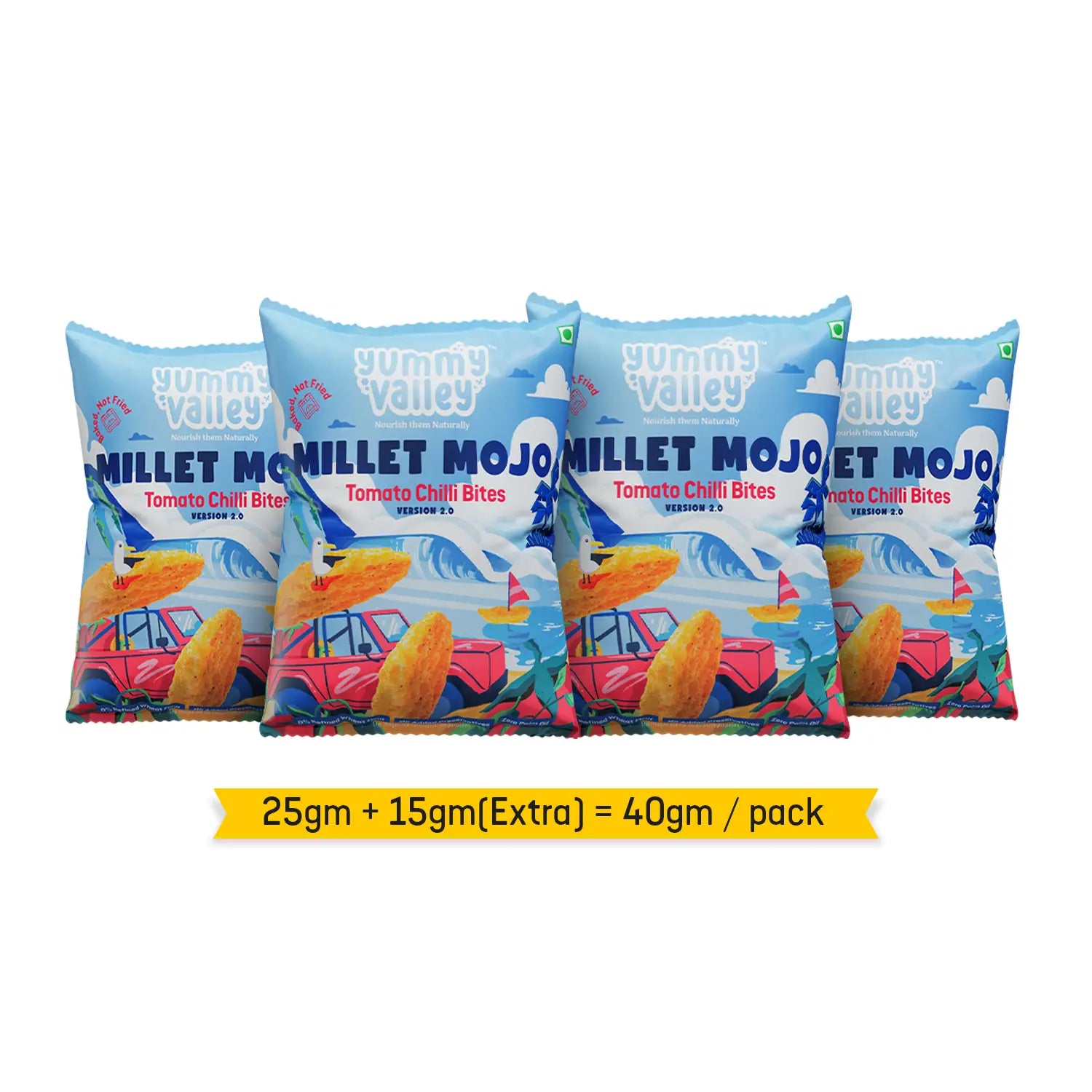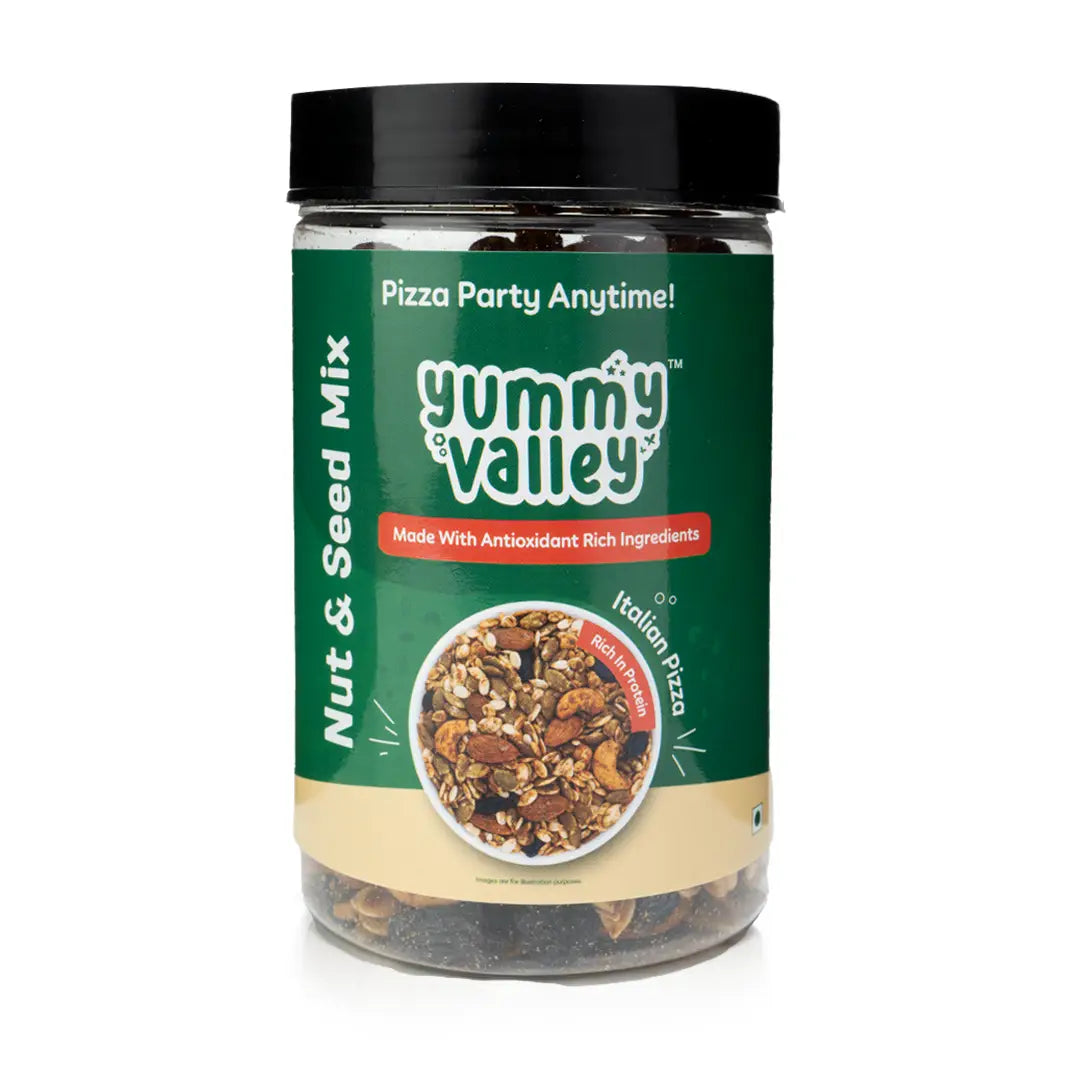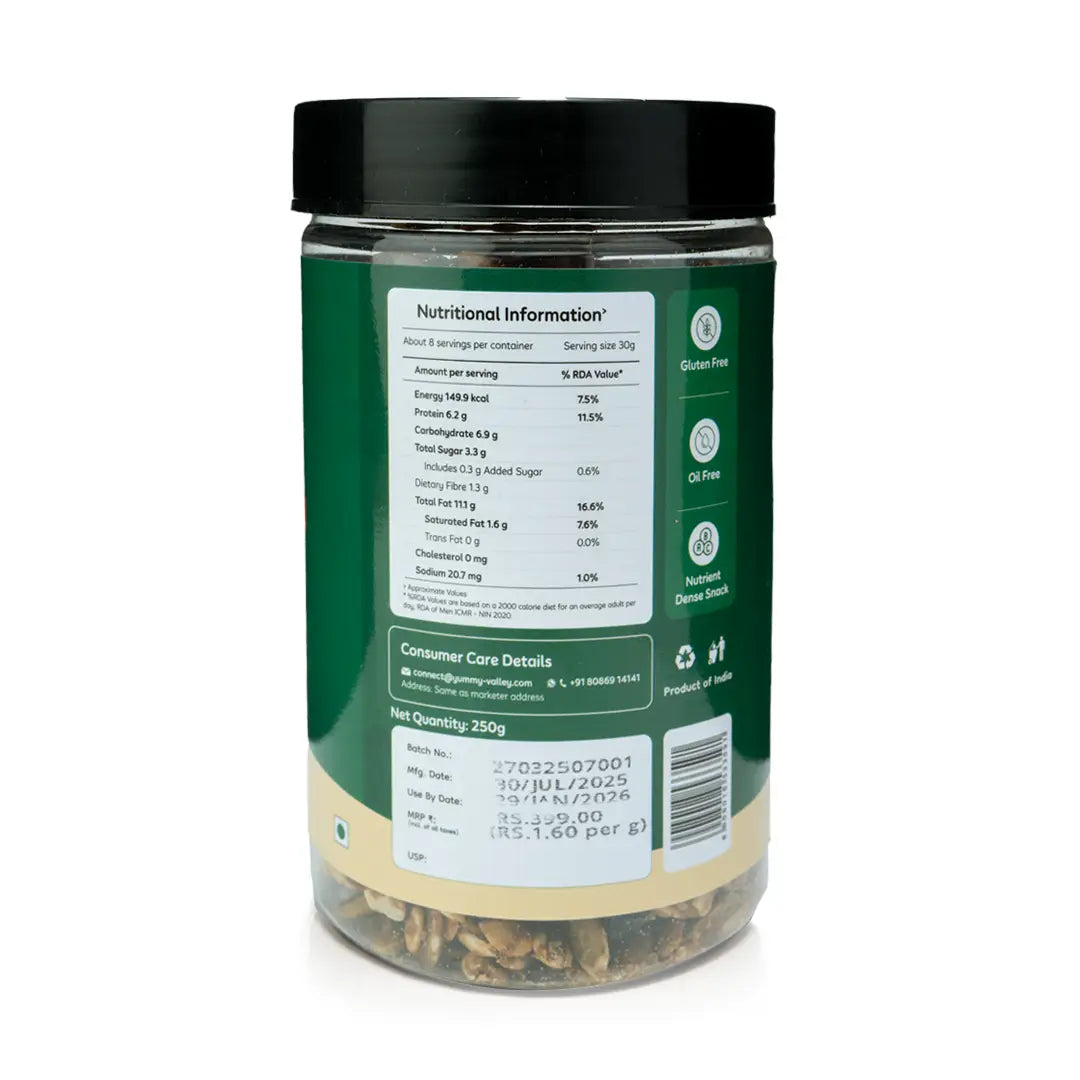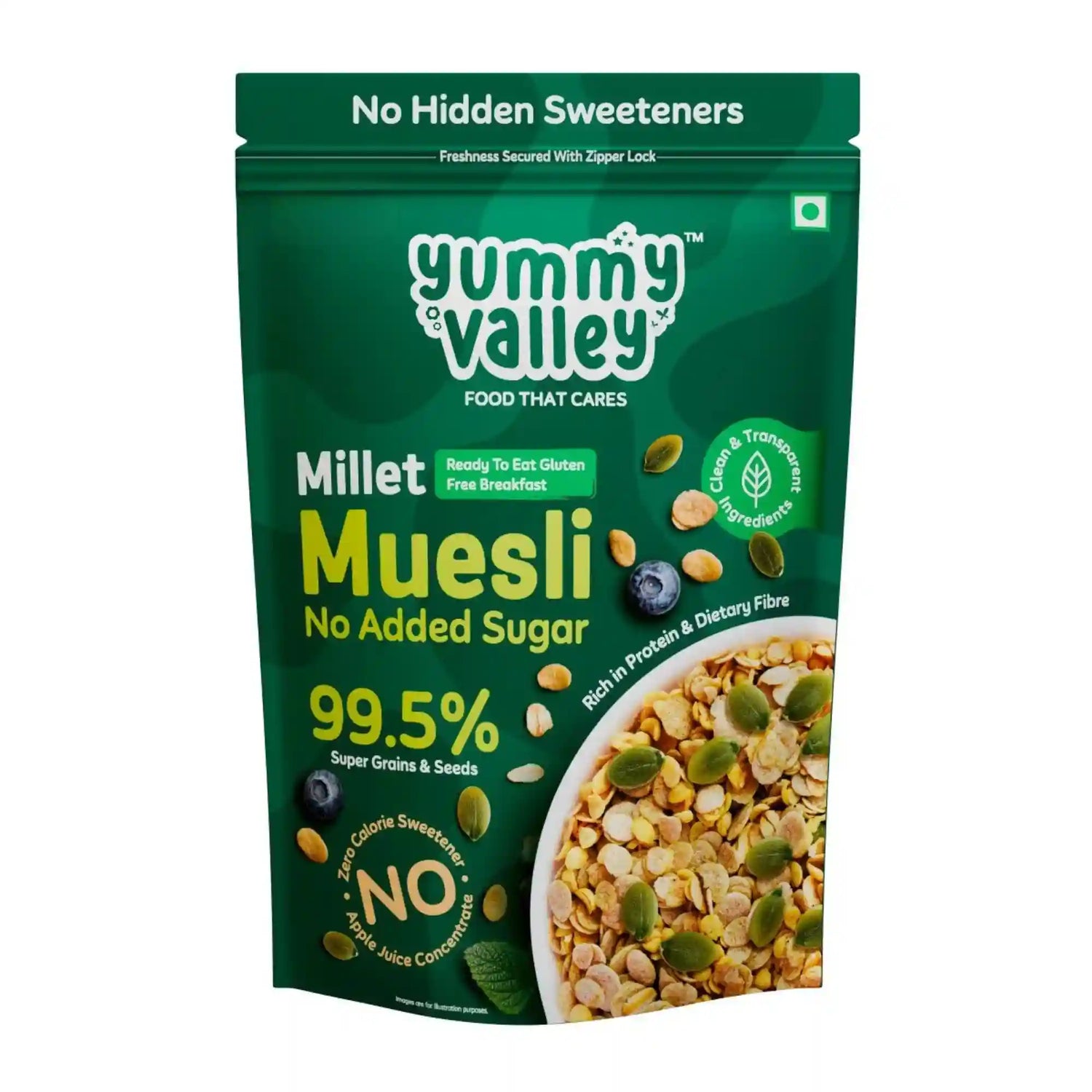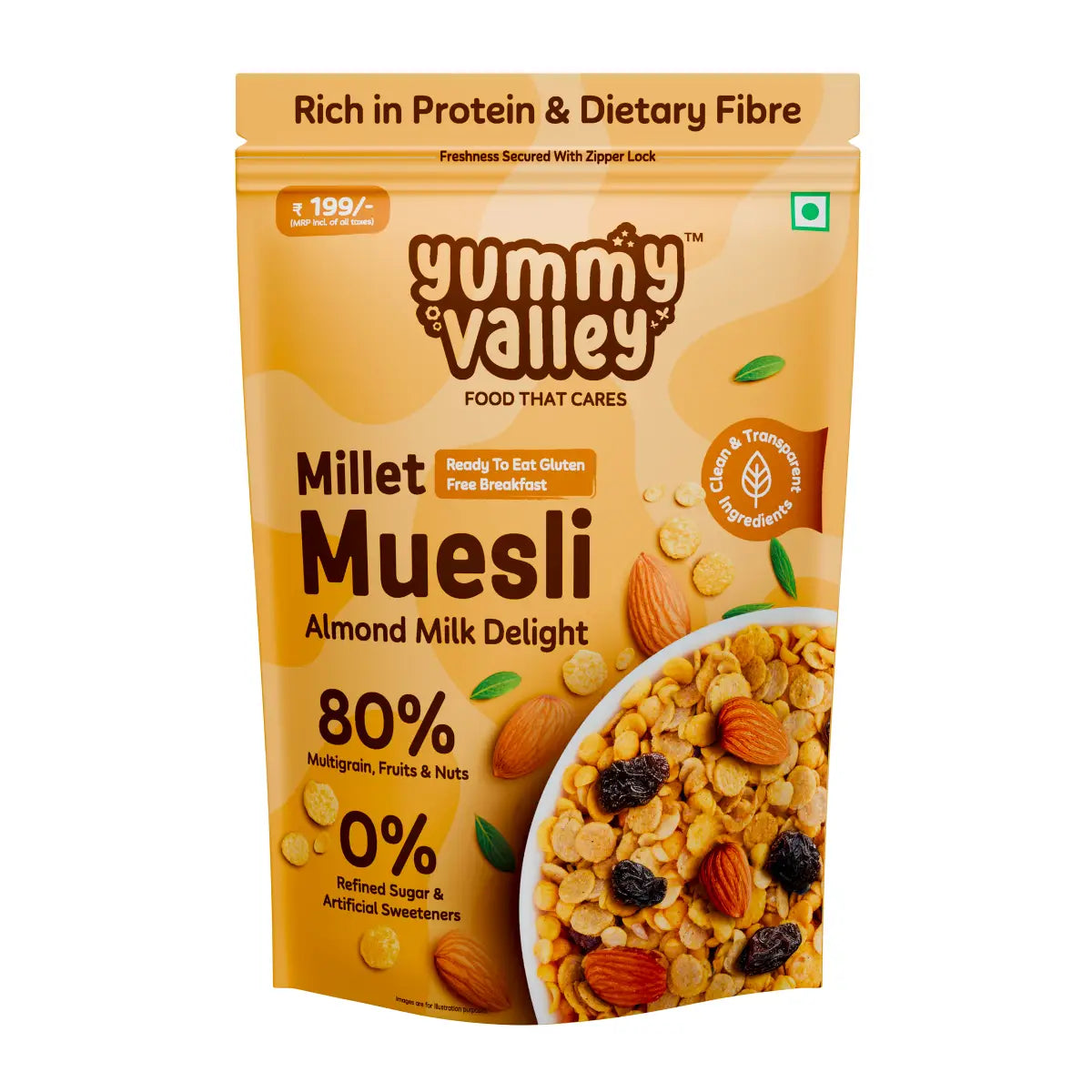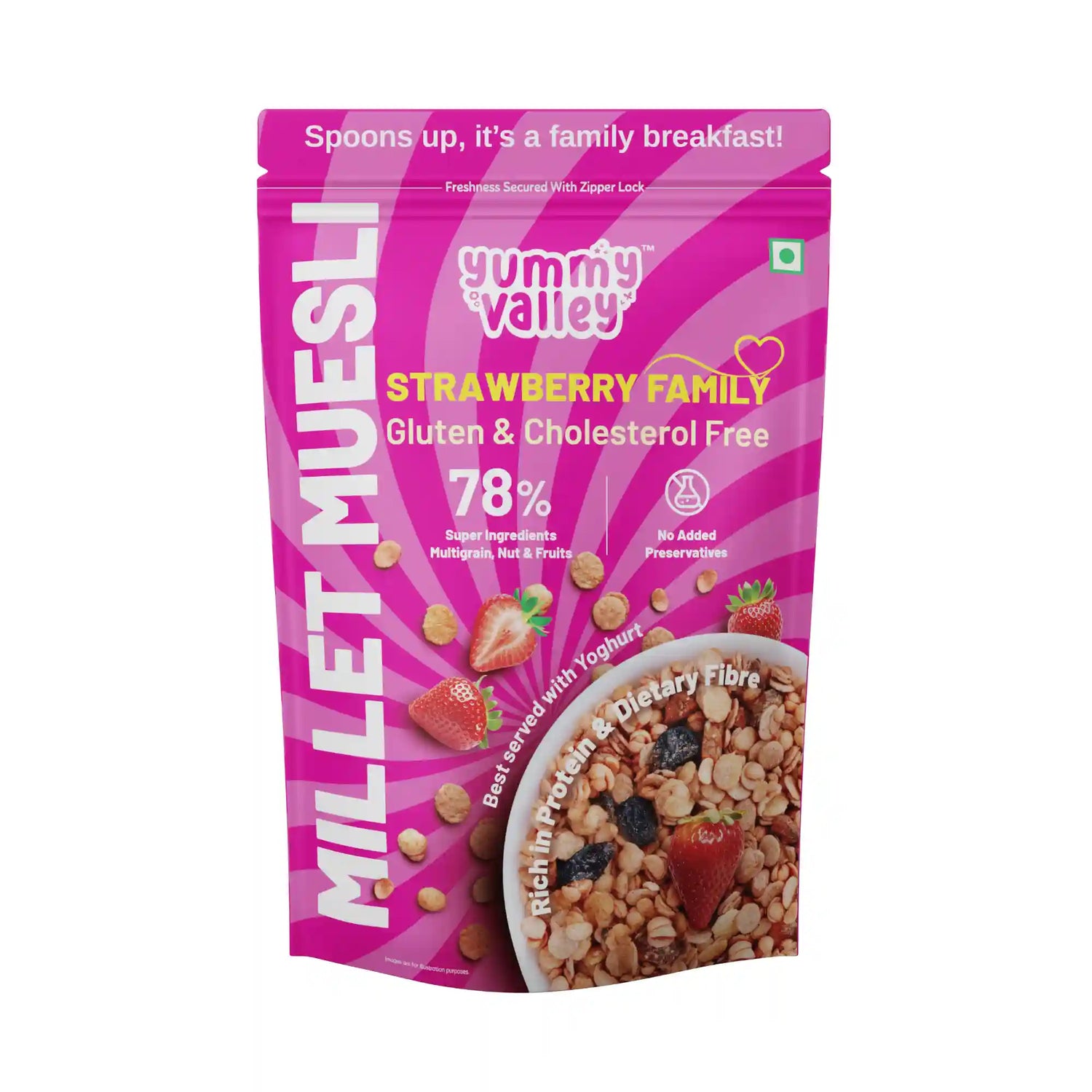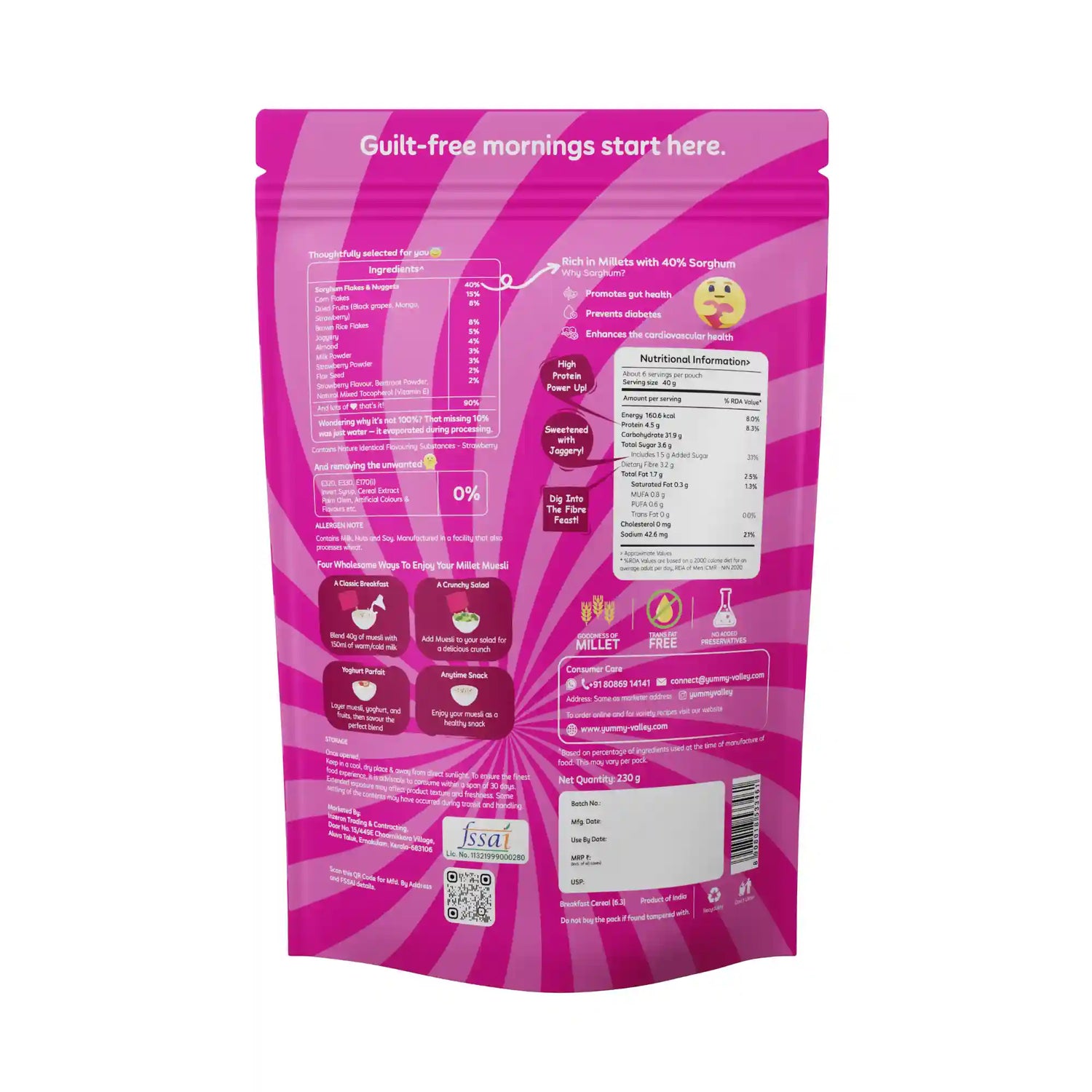Dry Fruits Names: Admittedly, dry fruits fully justify being called healthy snacks. They have been enjoyed in the past for their convenience, mobility and health attributes. Nevertheless, the following are not only delicious food enhancers, but each of them offers some specific values to the whole well-being process as well. These nutritious foods are ancient – originating from Egyptian Empires and have been used in the recent past as energy boost foods. In this post, let’s discover the 10 most consumed dry fruits names, their uses and why you should incorporate them in your daily meal plan.
What Are Dry Fruits?
Dry Fruits refer to fresh fruits that have been treated through a process of dehydration to enhance their shelf life and preserve as many nutrients as possible. It is hardly surprising that they are nutrient-dense and, in their highly compacted state, provide bursts of energy. These include almonds, walnut, cashew, raisins and dates. Ready to meet your new favourite health boosters? Let’s go!
List of 50 Dry Fruits Names
- Cashews (Kaju)
- Almonds (Badam)
- Walnuts (Akhrot)
- Raisins (Kishmish)
- Dates (Khajoor)
- Pistachios (Pista)
- Prunes (Sukha Aloo Bukhara)
- Figs (Anjeer)
- Fox Nuts (Makhana)
- Cranberries (Karonda)
- Dried Apricots
- Hazelnuts
- Nutty Macadamias
- Macadamia Nuts
- Brazil Nuts
- Peanuts
- Pine Nuts
- Dried Blueberries
- Chia Seeds
- Flaxseeds
- Saffron
- Pumpkin Seeds
- Chestnuts
- Sunflower Seeds
- Dried Mulberries
- Goji Berries
- Dried Coconut
- Dried Tamarind
- Currants
- Black Raisins
- Barberries
- Sultanas
- Dried Persimmons
- Dried Cantaloupe
- Dried Jujube
- Pecan Nuts
- Acai Berries
- Dried Kiwis
- Dried Apples
- Dried Bananas
- Dried Mangoes
- Dried Papayas
- Dried Plums
- Dried Litchis
- Dried Star Fruit
- Dried Pomegranate Seeds
- Dried Bael
- Dried Amla
- Carob
- Cacao Nibs
- Dried Inca Berries
- Corn nuts
Must Eat Dry Fruits Names And Their Benefits
1. Almonds

Prunus amygdalus (botanical name), or Badam (particular to India), was believed to have its center in the Middle East and Central Asia, and the history recorded dates back several centuries. The almond comes from countries like Iran, Turkey and the Mediterranean region, however, seed today is produced anywhere. They are not sweet, but they have this little sweetness to them, a touch of nutty flavor, and of course, the crust is very crunchy. We can take almonds raw or roasted, soaked, and they are rather easy on the digestive system when consumed in this form.
Benefits of Almonds
- A source of Vitamin E and benefits the skin, prevents inflammation, and supports hair growth.
- Almonds are good for heart vas health since monounsaturated fats in almonds lower bad cholesterol.
- Eating almonds enhances the brain because almonds contain a big portion of riboflavin and L-carnitine.
- Diabetic patients benefit from them since they stabilise blood sugar levels.
- It helps to curb hunger when you eat almonds since they contain fibre and protein.
How to Consume
- They can be eaten as a snack, raw or roasted.
- For optimal digestibility, it is recommended to soak them for the night.
- It is versatile and can be consumed in the morning on hulls, in smoothies or salads, and also on evening yoghurt.
- It can be used in dough to provide a specific texture when baked.
How Much to Eat: Every day, the recommended portion is a handful of almonds or 28 grams or approximately 23 almonds.
2. Cashews

Today the cashew tree grows in the tropical belt of Asia, Africa and South America though its origin is in Brazil. They are also called Kaju (India) and Anacardiumouest (Scientific name). The nut is a seed of the cashew apple and it has been in use for many years. Cashews are crunchy, fondly smooth as nuts and the taste is sweeter as compared to other nuts of its class. It has a rich butter flavour and is creamier than other nuts of its kind in the market.
Benefits of Almonds
- It has magnesium which is vital for the building of bones.
- It is rich in natural anti-oxidants luteen and zeaxanthin which protect the eyes from ultra violet radiation.
- Is source of monounsaturated fats which have benefits in maintaining levels of bad cholesterol thereby helping the heart.
- A source of zinc and vitamin C, the minerals that are involved in immune processes and support.
- Contains copper, a mineral important to collagen production and skin health.
How to Consume
- Snack on them raw, roasted, or lightly salted.
- For a crunchy bite, add to salads, trail mixes, or dishes.
- Make smoothies or add creaminess to sauces by blending them.
How Much to Eat: It is advisable that you eat about 18 cashews (28 grams) each day.
3. Walnuts

The walnut which is scientifically called Juglans regia was grew in the center Asia with the concentration in today’s Iran which was known then as Persia before it was taken to the balance of the world. As mentioned they are sweet, highly flavored having rather intensely and earthen taste and slightly bitter with crispy outer surface and moist interior.
Benefits of Walnuts
- Such nuts for instance contain omega 3 fatty acids, and antioxidants crucial for boosting the brain performance.
- It contains lots of healthy fats, these are the fats that lowers the risks of cholesterol and heart diseases.
- The consumption of walnuts also enables one to feel full as well promotes weight loss.
- The presence of Walnut in the human diet guard against inflammation since it is anti-inflammatory.
- The ability to support the management of blood sugar levels that makes them good for use by diabetic persons.
How to Consume
- You can consume them plain or when roasted as a snack.
- You can add it to salads, cereals, or baked goods.
- For added crunch, sprinkle over yoghurt or smoothies.
How Much to Eat: You can consume as little as a handful which is approximately 7 whole walnut (28 grams) per day.
4. Pistachios

Pistachios, Pista in India and Pistacia vera, scientifically, are native to the Middle East and Central Asia and a part of human food chain for thousands of years. When taken raw it is slightly sweet with a nutty taste and has a soft but crispy texture.
Benefits of Pistachios
- Cholesterol reduced and heart diseases are prevented by antioxidants present in pistachios.
- It also contains lutein and zeaxanthin that shields the eyes against any adverse effects arising from exposure to bad light.
- You will not feel hungry soon if you consume them since they rich in both fibre and protein.
- Another nutrient that is present so much in pistachios is fibre and since it aids in digestion it means you’re bound to have a healthy stomach.
- They also possess vitamin E and antioxidants in order to help out with skin health.
How to Consume
- They can be eaten raw or roasted for instance as a snack.
- It also goes well with salads, trail mixes or in granola.
- Consume them in smoothies or use them as garnishing for our foods.
How Much to Eat: It is recommended that the daily serving is one serving, which is a 30 Pistachios (28g) serving size.
5. Hazelnuts

Popular also as Filberts, in some nations and Corylus avellana scientifically, Hazelnuts originate from the Mediterranean region and have been growing for thousands of years. Popular for their delicious and sweet taste and crisp nature, these make way to mostly chocolates and dessert.
Benefits of Hazelnuts
- Health conscious consumers have known that fat in getting from hazelnuts actually has ability to decrease cholesterol and enhance heart functionality.
- They also include other antioxidants which guard cells against damage apart from vitamin E.
- It retains adequate amount of folate and vitamin E, both of which are significant for early brain development as well as,.
- This is good in calcium that is an important factor in building up the bones of the human body.
- Hazelnuts eradication of damaging inflammation thus reduces chronic diseases and inflammation.
How to Consume
- Snack on them raw or roasted.
- Sprinkle it over salads and granola or add it to desserts and chocolate spreads.
- For extra texture, blend into smoothies.
How Much to Eat: On a daily basis, consume a handful of hazelnuts, approximately 20 grams (28 g).
6. Nutty Macadamias

It also has some other names among which are Queensland nut or with the scientific name Macadamia integrifolia, are originally from Australia but people from across the world enjoy them. They are soft, tender in the mouth and most are famed to have the buttery taste.
Benefits of Nutty Macadamias
- As a healthy heart food, you can never go wrong with adding nutty macadamias to your diet list due to its ample monounsaturated fats.
- They also contain antioxidant effects; elements that can lower inflammation and therefore guard body cells against destructive impact by routinely exposure to substances apart from food.
- There is vitamin B1, magnesium, manganese which will make people healthy.
- It also boosts digestion since it is common knowledge that most of them contain fiber and also helps in cases of obesity too.
How to Consume
- Crush nutty macadamias and garnished on to soups and warm plates.
- If you add nutty macadamias to oatmeal or macadamia butter to your yoghurt, then it will turn out creamy.
- It can be taken from raw without any cooking or you can roast them to make a snack. In this way you can give them a go and put some salt and other kinds of spices on them while roasting.
How Much to Eat: A small serving of nutty macadamias, approximately 10 to 12 nuts or 28 grams, each day.
7. Dried Apricots

Apricots in dried form or Prunus armeniaca in its botanic term, can be commonly found growing in china and central Asia but have since adapted to regions with temperate climates around the world. They are sweet in taste, have a slightly tangy explosions of flavors and have chewy texture. Owing to their distinct taste and tender feel, they are a famous delicacy throughout the world.
Benefits of Dried Apricots
- Rich in Vitamin A, apricots in dried form support healthy vision and skin.
- Fiber-rich apricots in dried form promote digestive health and regulate bowel movements.
- Adding apricots in dried form to your diet can reduce your blood pressure and stroke risk.
- Boost your iron levels by eating iron-rich apricots in dried form that prevent anaemia.
- Apricots in dried form contain significant water, which helps keep you hydrated.
How to Consume
- You may blend with other ingredients to produce a thick paste that could be used to make a dip.
- It can be added in the recipes while preparing sweet and even savory foods.
- Snack on it.
How Much to Eat: 4 to 6 apricots in dried form a day or 30 grams is recommended.
Dry Fruits Name in English and Hindi
To help you identify the dry fruits mentioned in the article, here is a table with dry fruits names in English and Hindi;
| Dry Fruits Name in English | Dry Fruits Name in Hindi |
|---|---|
| Almonds | बदाम (Badam) |
| Cashews | काजू (Kaju) |
| Walnuts | अखरोट (Akhrot) |
| Pistachios | पिस्ता (Pista) |
| Hazelnuts | हैजलनट्स (Hazelnuts) |
| Macadamia Nuts | मैकाडामिया (Macadamia) |
| Dried Apricots | सूखे खुबानी (Sookhe Khubani) |
| Raisins | किशमिश (Kishmish) |
| Figs | अंजीर (Anjeer) |
| Dates | खजूर (Khajoor) |
What is the healthiest dried fruit to eat?
If I had to pick one winner, I’d go with dried apricots hands down. They’re packed with vitamin E, vitamin A, copper, and potassium, plus they contain a large amount of dietary fibre. Research consistently shows that raisins, apricots, prunes and dates top the list for nutritional value, but apricots edge ahead because they give you the most vitamins per serving without being as sugar-heavy as dates. Just make sure you’re buying the unsulfured variety to avoid unnecessary additives.
What dry fruits are good for pregnancy?
Pregnancy is when dried fruits really shine! Dried apricots are fantastic because they’re rich in iron and can help meet about 1% of your daily iron requirements, plus they help prevent gestational diabetes by maintaining blood sugar levels. Raisins, figs, and dates are also considered among the best fruits during pregnancy, and almonds provide essential vitamin E, calcium, and magnesium that are vital for both mom and baby. Just remember to pair them with fresh fruits to minimise any side effects, and don’t go overboard since they’re high in calories
Which dry fruit is best for increasing blood levels?
Dates and raisins are your best bet for boosting iron levels, along with dried apricots, which are rich in both iron and fibre. These three are particularly effective at preventing iron deficiency anaemia when eaten regularly. Prunes also deserve a mention here – they’re not just for digestive health, they’re actually iron powerhouses too. Pair them with some vitamin C (maybe a glass of orange juice) to help your body absorb that iron even better.
Conclusion
Dry fruits, on the whole, are healthy and highly useful when taken and incorporated into any diet. From the businessman travelling on a business trip to the person who wants to change his or her lifestyle, there is something for everyone in these little delights. And, of course, do not forget that everything in moderation: overeating causes even these healthy snacks to add plenty of calories. Choose your pick, enjoy the goodness and let these natural products ‘power’ you up!
Frequently Asked Questions
Can we eat dry fruit daily?
Absolutely! Eating dry fruits daily is actually a smart move for most people, but moderation is key here. A handful (about 30-40 grams) of mixed dry fruits daily can boost your energy levels, provide essential vitamins and minerals, and support heart health.
I personally love having them as a mid-morning snack because they keep me satisfied without that sugar crash you get from processed snacks. Just don’t go overboard – they’re calorie-dense, so stick to a small portion rather than munching on them like regular fruit.
Is dried fruit high in sugar?
Yes, dried fruits are definitely higher in sugar compared to fresh fruits, but it’s mostly natural fruit sugar that gets concentrated during the drying process. When water is removed from fruits, the natural sugars become more concentrated, which is why dates and raisins have a remarkably intense sweetness. However, this isn’t the same as added sugar in processed foods – your body handles natural fruit sugars differently, especially when they come with fibre and nutrients. That said, diabetics and individuals monitoring their sugar intake should be particularly cautious with portion sizes.
What is the best time to eat dry fruits?
Morning or early afternoon works best for most people. Eating dry fruits in the morning gives you sustained energy throughout the day and helps with better nutrient absorption.
I’d avoid them late at night since they’re pretty energy-dense and might interfere with sleep. Pre-workout is another great time – they give you that natural sugar boost without feeling heavy in your stomach.
Who should not eat dry fruits?
People with diabetes should be extra cautious with portions, and anyone with specific food allergies (especially nuts) needs to read labels carefully. Those with digestive issues like IBS might want to start with smaller amounts since the concentrated fibre can sometimes cause bloating. Also, if you’re trying to lose weight, keep portions small since they’re calorie-packed – it’s easy to overeat without realising it.






